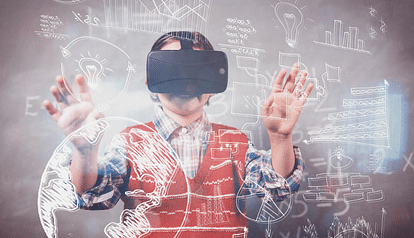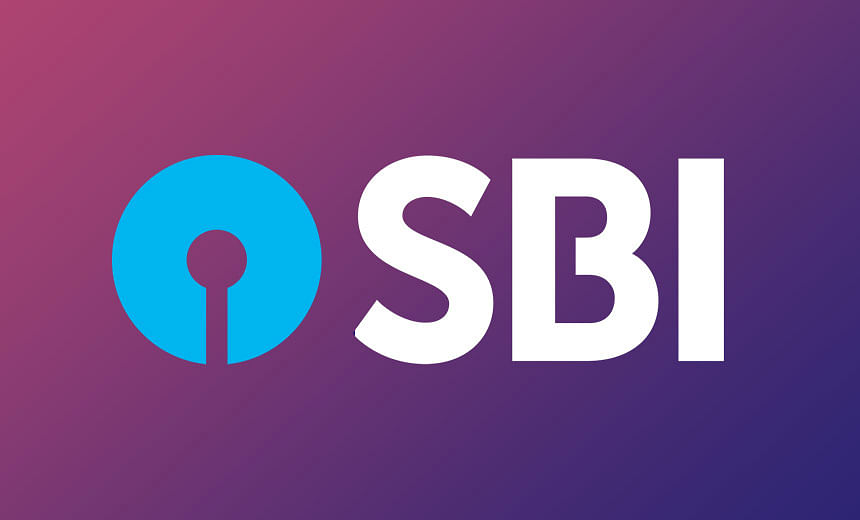
A Virtual Reality, VR device is used to create simulated 3D and immersive experiences through which the user gets a real sense out of a virtual environment. Primarily, VR can be experienced by using two out of five human senses- sound and sight. Through the use of virtual reality, the user can easily explore 360 degrees of places and spots. Unlike traditional interfaces, the user can use a VR device for an immersive experience.
In recent days, an increasing number of educational institutes are adopting VR technology to enhance the learning experience of the students. The VR device can be used by any student to explore the Great Barrier Reef, Australia without even leaving the comfort of a classroom. A student can enter a leaf to see the process of photosynthesis. This device enables immersive classroom learning which can extend the learning memory of a student. The teachers can monitor the VR to inspire and engage the students in a powerful and uniques way.
How Can Virtual Reality Contribute to the Learning Process:
- VR encourages creative & critical thinking.
- VR has the potential to spark imagination power.
- VR promotes peer interaction in education.
- VR gives realistic experiences.
- VR provides long-term memorable learning experiences.
As per the United States-based official report, a total of 18% of educational institutes in the US had deployed the VR based learning platform for the students. A National Survey statistic shows that 90% of educators agree to the fact that VR as a tool can be an effective way of personalized learning for the students. Many of the higher education teachers believe that a human being remembers 10% of what is read, 20% of what is heard, and 30% of what is seen and at the same time, a human being remembers 90% of what action has been performed or simulated. Many educators are already promoting the use of VR in classroom learning as it has the potential to promote creative thinking in students.








